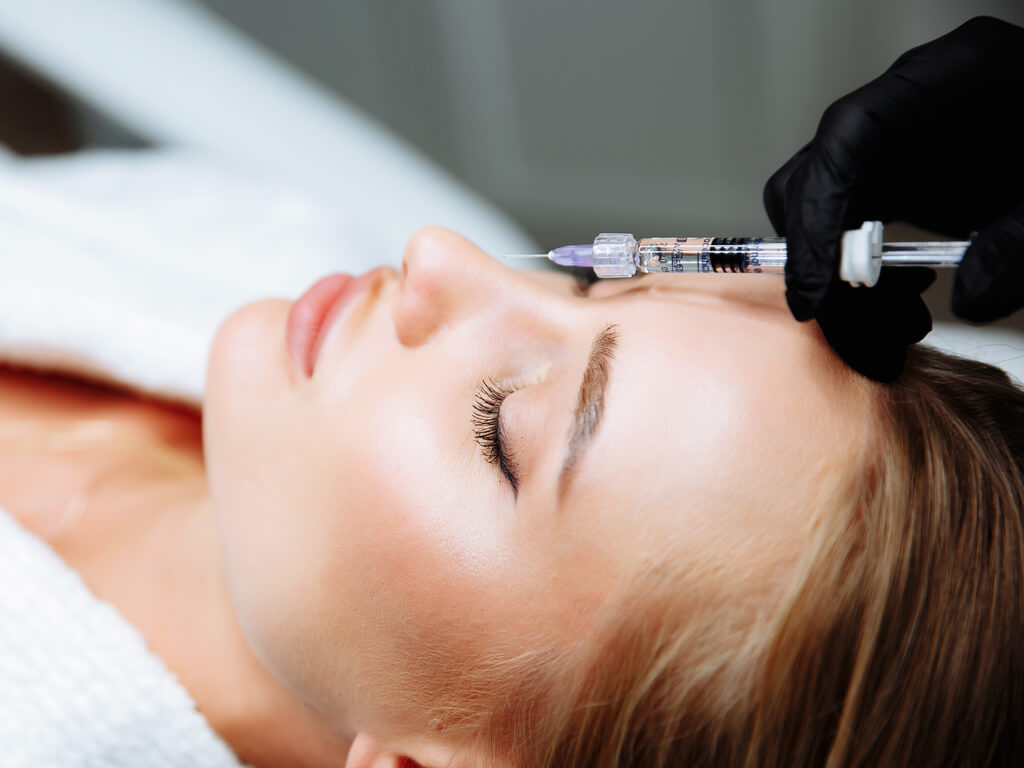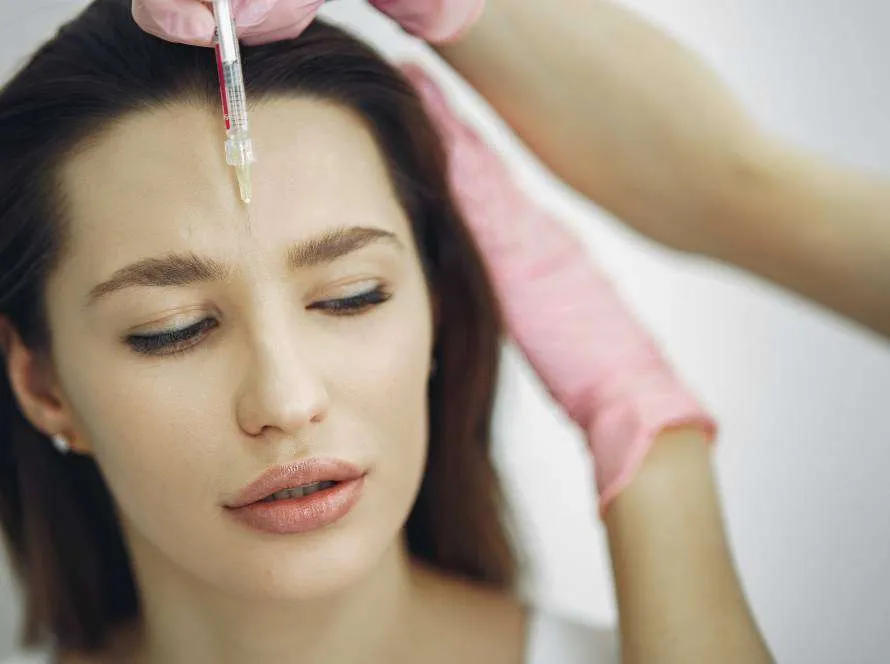In recent years, Botox has become a household name, primarily associated with cosmetic treatments that reduce wrinkles and fine lines. However, Botox offers a myriad of other surprising benefits that go beyond just aesthetic enhancements. Here is some insight into various uses of Botox, proving that it’s more versatile than you might think!
Chronic Migraines
Millions of people suffer from chronic migraines, and traditional treatments often fall short of providing relief. Botox usually begins working one to three days after treatment, offering patients a new avenue for managing their symptoms. This use of Botox has been FDA-approved and is further validated by clinical studies showing its efficacy.
The treatment involves multiple injections in specific areas around the head and neck. These injections help block the release of certain signals that trigger migraine pain, thereby offering a preventative treatment rather than just a reactive one. It’s particularly beneficial for individuals who experience 15 or more headache days per month.
Not only does it reduce the frequency of migraines, but it also improves the overall quality of life for many sufferers. People who have turned to Botox for migraine relief often express a sense of regained normalcy and improved mental health. With its dual role in both cosmetic and medical fields, Botox proves its versatility yet again.

Excessive Sweating
Hyperhidrosis, or excessive sweating, is another condition where Botox has shown remarkable results. People suffering from hyperhidrosis often find themselves in uncomfortable and socially awkward situations. Botox injections can provide relief by blocking the nerves responsible for activating sweat glands.
Once administered, the effects can last for several months, giving patients long-term relief from excessive sweating. This treatment is particularly effective for areas such as the underarms, palms, and soles of the feet. The results are usually noticeable within a few days, enhancing the comfort and confidence of those dealing with this condition.
Moreover, studies show that 96% of Botox patients are satisfied with their results, making it a trusted option for managing hyperhidrosis. The reduction in sweat production not only improves physical comfort but also boosts emotional and psychological well-being. This treatment enables people to lead a more active and unrestricted lifestyle.
Muscle Stiffness
Muscle stiffness, or spasticity, often results from conditions like cerebral palsy, multiple sclerosis, or stroke. Botox injections can relieve this stiffness by temporarily paralyzing the affected muscles. This leads to improved movement and reduced discomfort.
By targeting specific muscle groups, Botox can be customized to each patient’s unique needs. The treatment usually begins to show effects within a few days, contributing to better health and increased mobility. It’s a vital tool for physical therapists and other healthcare providers when traditional methods aren’t enough.
Regular sessions can significantly impact a patient’s quality of life, making day-to-day activities more manageable. Patients often report increased functionality and a marked reduction in pain. Botox’s effectiveness in treating muscle stiffness solidifies its place in modern medicine.

Overactive Bladder
Overactive bladder is a condition that affects countless people, leading to frequent and urgent needs to urinate. Botox offers an alternative for those who have not responded well to conventional treatments. When injected into the bladder muscle, it helps relax the muscle, thus reducing symptoms.
This procedure can lead to notable improvements in bladder control, with benefits lasting up to six months. The frequency of incontinence episodes can dramatically decrease, alongside a reduction in the urge to urinate. Patients find themselves needing fewer trips to the bathroom, allowing for more freedom and less anxiety.
Furthermore, the treatment is generally well-tolerated, with a robust safety profile. With the improvement in urinary function, many people find their daily activities and social interactions less impacted by the constraints of their condition. Health professionals continue to advocate for Botox as a viable option for managing overactive bladder.
Eye Disorders
Botox also proves to be a lifesaver for various eye disorders, such as strabismus (crossed eyes) and blepharospasm (uncontrollable blinking). It works by blocking the nerve signals to muscles, reducing abnormal muscle contractions. The FDA has approved Botox for these conditions, recognizing its usefulness and efficacy.
Treatment is quick and typically well-tolerated, making it an attractive option for patients seeking relief from eye-related symptoms. Results can vary but often include noticeable improvements in eye alignment and reduced frequency of involuntary blinking. These enhancements lead to better visual function and less eye strain. If you’re part of the 40%–50% of Americans who rely on employer health insurance, be sure to ask about Botox as a treatment for an eye disorder you experience.
Botox is far from just a cosmetic solution for wrinkles. Its applications extend into various medical fields, offering relief and treatment for conditions such as chronic migraines, excessive sweating, muscle stiffness, overactive bladder, and certain eye disorders. With ongoing research and patient success stories, Botox continues to prove itself as a multifaceted tool for improving quality of life.

